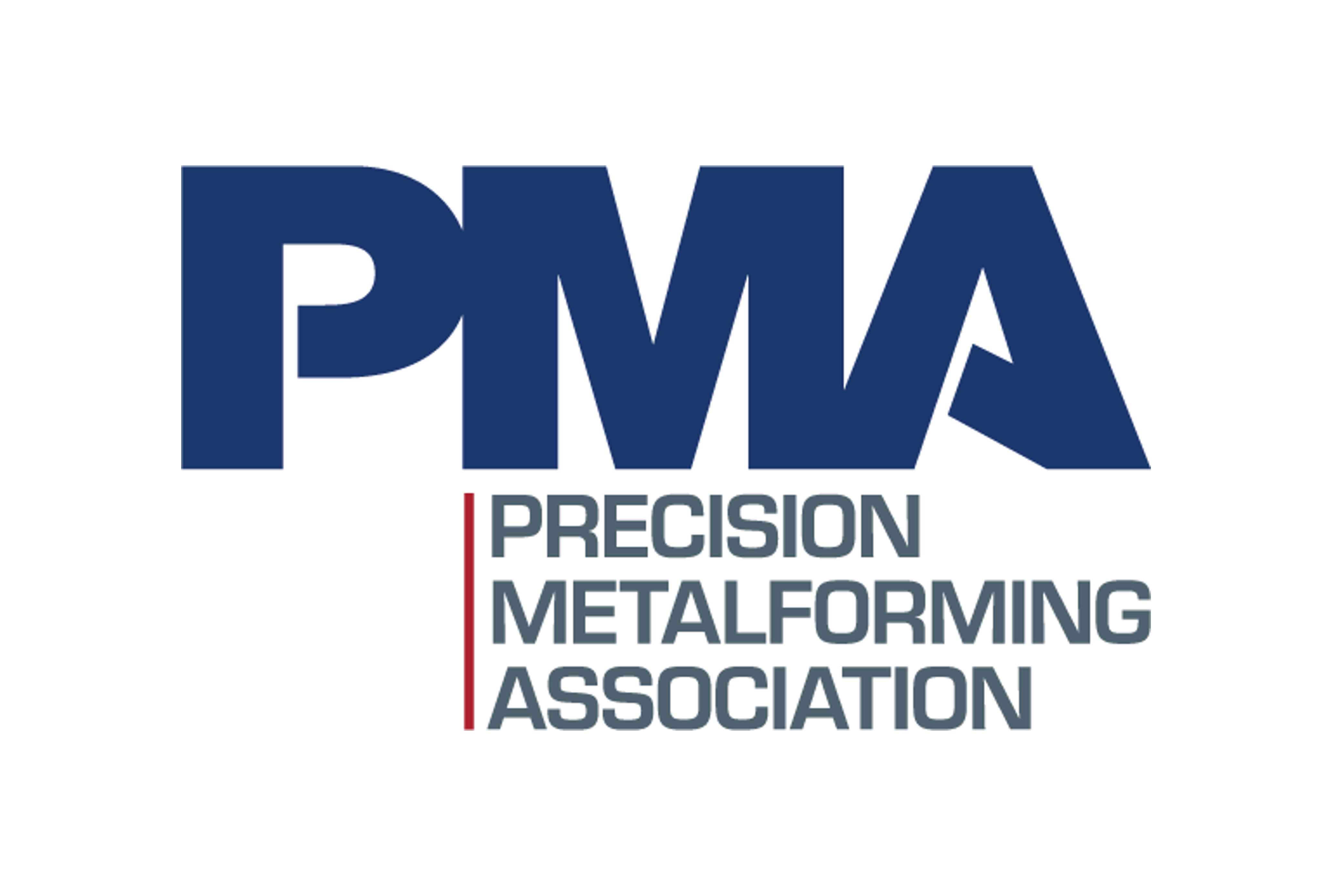Market Data

December 15, 2020
Manufacturing Momentum Slows in New York in December
Written by Sandy Williams
The December Empire State Manufacturing Index indicated a loss of momentum in the New York region. The headline General Business Conditions index fell to 4.9 from November’s reading of 6.3.
“Like the prior month, manufacturing activity in New York State expanded only to a small degree in December,” said the Federal Reserve Bank of New York in its report.
The new orders index dipped slightly to 3.4, but shipments increased 5.8 points to 12.1. Delivery times lengthened and inventories declined during the month. Input costs drove prices paid up 8.0 points to 37.1, but prices received remained relatively stable.
Employment levels increased to the highest level in over a year with average workweek hours remaining the same as November.
Manufacturing firms remained optimistic about future business conditions. Expectations for new orders and shipments continued to be positive.
The survey by the New York Federal Reserve is sent to the same 200 manufacturing executives in New York State each month, encompassing a wide range of industries.







